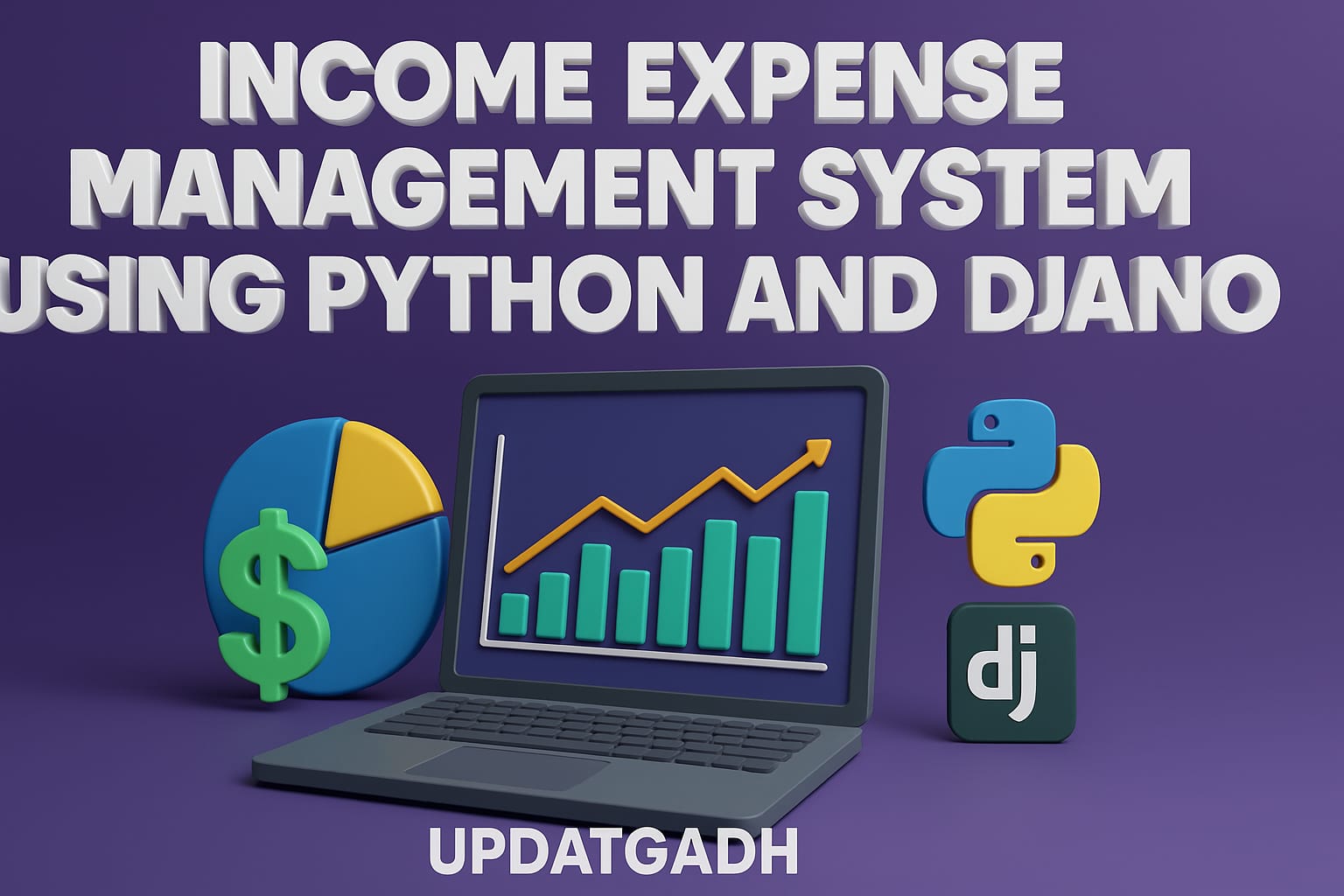
Hospital Management System using Django Python
Hospital Management System using Django Python
Introduction
A simple project based on a Hospital Management System using Django Python. This project is developed to help healthcare providers manage hospital operations more effectively and provide better patient care. In today’s fast-moving healthcare environment, having a reliable system to handle appointments, patient records, staff management, and other hospital services is essential. This project brings all those features together in one place, making hospital management easier and more organized.
The application allows admins to oversee hospital activities, manage doctors, nurses, and patients, while patients can register, book appointments, and access their medical details. Doctors can update patient reports, track progress, and manage schedules efficiently. With its role-based functionality, the system ensures that each user has access to the tools they need without unnecessary complexity.
The system is practical, user-friendly, and reflects real-world hospital workflows. For students, working on this project offers great exposure to Django framework, database connectivity, role-based authentication, and CRUD operations. It also demonstrates how technology can be applied in healthcare to improve service delivery and efficiency. Overall, the Hospital Management System is a complete learning project that combines technical knowledge with practical healthcare applications, making it a strong choice for academic submissions and professional growth.

Project Initialization
The initial step towards implementing a Hospital Management System using Django Python involves project setup, which includes Django installation and directory creation. This foundational phase lays the groundwork for constructing essential components such as models, views, and templates. Django’s structured framework facilitates code organization, ensuring scalability and maintainability throughout the development process.
Key Features
Admin:
- Signup: Admin can create their account.
- Login: Admin can log in without approval.
- Doctor Management: Admin can register, view, approve, reject, and delete doctor accounts. Only approved doctors can log in.
- Patient Management: Admin can admit, view, approve, reject, and discharge patient admissions.
- Invoice Generation: Admin can generate and download invoices in PDF format based on various charges like medicine cost, room charge, doctor fee, etc.
- Appointment Management: Admin can view, book, approve, and reject appointments requested by patients.
Doctor:
- Apply for Job: Doctor can apply for a job in a hospital.
- Login: Doctor can log in after approval by the hospital admin.
- Patient Management: Doctor can view details of patients assigned to them, including symptoms, name, and contact information.
- Discharged Patient List: Doctor can view the list of patients discharged by the admin.
- Appointment Management: Doctor can view appointments booked for them by the admin and delete appointments after attending them.
Patient:
- Signup: Patients can create accounts for admission to the hospital.
- Login: Patients can log in after approval by the hospital admin.
- Doctor Details: Patients can view details of the doctor assigned to them, including specialization, contact information, and address.
- Appointment Status: Patients can view the status of appointments booked for them (pending/confirmed) by the admin.
- Appointment Booking: Patients can book appointments, pending approval by the admin.
- Invoice Access: Patients can view and download invoices in PDF format only after being discharged by the admin.
Essential Software and Tools
- Install Python 3.7.6: Download and install Python 3.7.6 from the official website. Make sure to select the option “Add to Path” during installation.
- Open Terminal (Command Prompt for Windows users) and execute the following commands:
pip install django==3.0.5pip install django-widget-tweakspip install xhtml2pdf - Download the project zip folder and extract it to your desired location.
- Navigate to the project folder in the Terminal using the
cdcommand:cd path/to/project/folder - Once you’re inside the project folder, run the following commands to set up the database:
py manage.py makemigrations
py manage.py migrate - Finally, start the Django development server by running the command:
py manage.py runserver - Open your web browser and enter the following
http://127.0.0.1:8000/
This will launch the project in your web browser, and you can start using it locally on your PC.
Deployment and Testing
Upon completion of project development and feature implementation, the Hospital Management System can be deployed by initiating the Django development server. This enables access to the system via a web browser, facilitating comprehensive testing of its functionalities. Feedback garnered from users and stakeholders can be utilized to iteratively refine and optimize the system for enhanced performance.
Screenshots





Download : (Note: Only for Educational Purpose)
Virus note: All files are scanned once-a-day by updategadh.com for viruses, but new viruses come out every day, so no prevention program can catch 100% of them
FOR YOUR OWN SAFETY, PLEASE:
1. Re-scan downloaded files using your personal virus checker before using it.
2. NEVER, EVER run compiled files (.exe’s, .ocx’s, .dll’s etc.)–only run source code.
Conclusion
In summary, the Hospital Management System utilizing Django Python serves as a pivotal asset for healthcare providers seeking to optimize operational workflows and elevate patient care standards. By adhering to the outlined procedural steps, a robust and efficient system can be developed to meet the unique requirements of any healthcare facility. With its intuitive interface and comprehensive feature set, this system is poised to augment overall operational efficiency and productivity within the healthcare sector.
Meta Description: Discover the step-by-step process of building a professional Hospital Management System utilizing Django Python. Enhance healthcare operational efficiency and streamline patient care processes today!







Post Comment